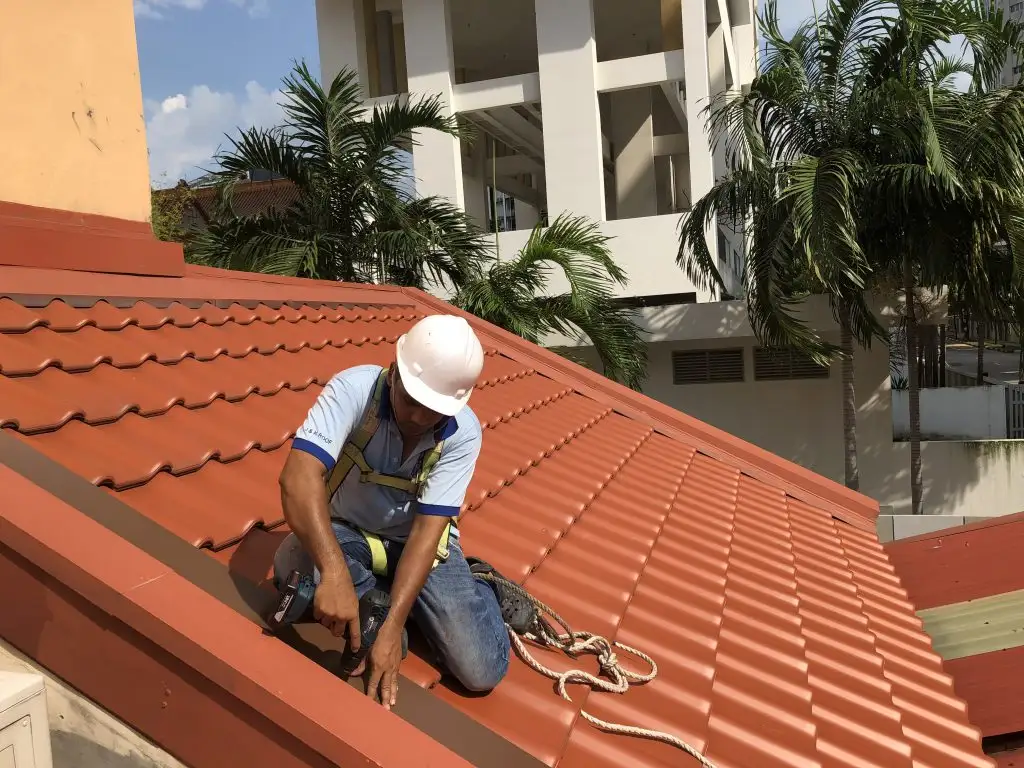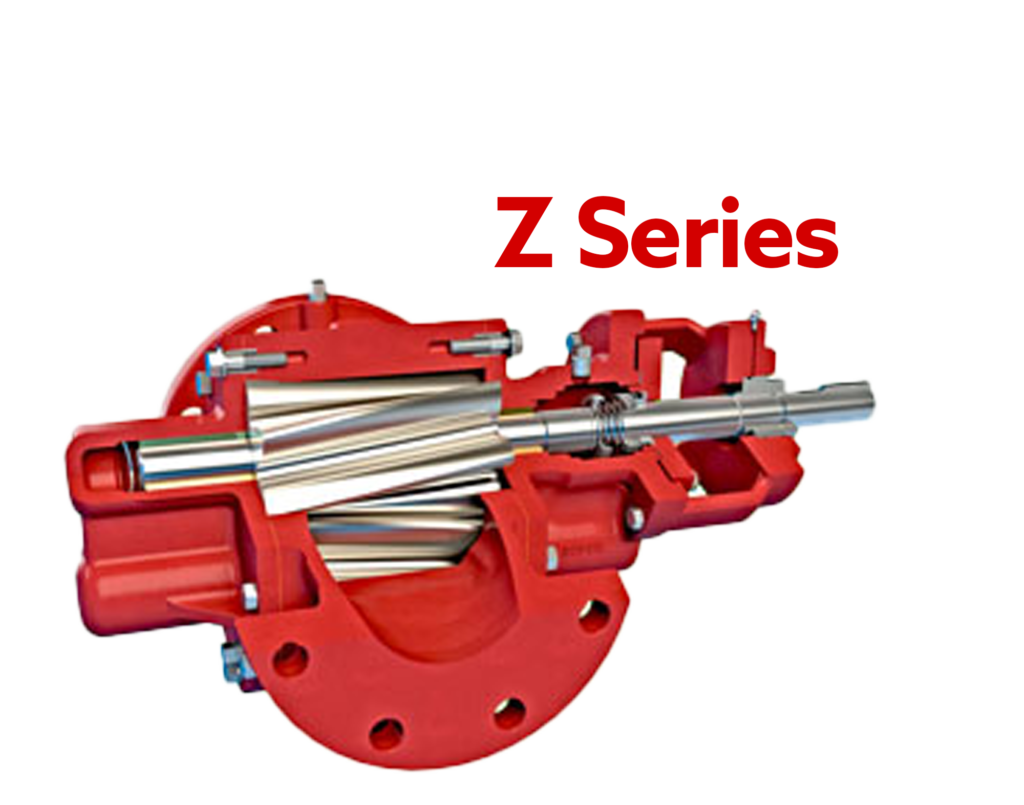How To Winterize Your Sprinkler System And Avoid Costly Sprinkler Repairs?

Irrigation systems require year-round care. Attending to the sprinklers throughout all seasons aids in avoiding common problems associated with lawn irrigation systems: leaks in piping, roots growing around sprinkler nozzles, broken sprinkler heads, and busted irrigation valves. This seasonal maintenance is especially important before winter approaches.
According to Peloquin Sprinklers and Landscaping, a family-owned company with over 30 years of irrigation experience servicing sprinkler repairs in Colorado Springs, CO, freezing temperatures and water left in the lawn sprinkler system is the major cause of those more serious types of damage — damages that can cost hundreds of dollars to fix. Thankfully, there are several ways to keep the sprinklers in good shape and working properly.
Below, the sprinkler repair experts of Colorado Springs explain how to winterize a sprinkler system to avoid costly repairs properly.
Table of Contents
Method One- Manual drain method
The system may be configured for manual draining. If so, then this method can work, so long as there is some slope in each system zone. First, turn off the irrigation water supply. Then open all of the manual drain valves. Once all the water has been drained from the mainline, open the boiler drain valve or the drain cap on the stop and waste valve. The type of valve used in this step depends on one’s location and system regulations. The rest of the water between the irrigation water shut off valve and the backflow device should be drained. The test cocks on the backflow device need to be opened. If the sprinklers have check valves, the sprinklers will need to be pulled up so the water will drain from the bottom of the sprinkler body. When all the water has been drained, close all the manual drain valves. If the system isn’t on a slope, then some water may remain in the pipes, unless the system is blown out. But for those systems on a slope, check to see if your system includes automatic drains.
Method Two: Automatic Sprinkler Draining
If a sprinkler system is installed on land that has sufficient slope to carry water out of the pipes, heads, and valves using gravity, then automatic drains may have been installed during your installation. In such cases, water is still turned off for the system, and any manual drains on the backflow preventer or on the mainline are opened. In addition, it is sometimes recommended to even manually open the automatic valves often located in valve boxes to allow the full effect of gravity to pull the water away from critical systems. Some automatic systems have pumps integrated into them specifically for automatic sprinkler draining. In such cases, then refer to the operating manual for such pumps. Often times, the company that installed the sprinkler systems leaves automatic draining instructions near the sprinkler timer or control panel.
Method Three- Blow Out
The blowout method consists of attaching an air compressor to the sprinkler’s main line and blowing out the remaining water from the system in order to prevent freeze damage to the sprinkler lines, valves and seals. The first step is shutting off the water supply. All underground sprinkler systems have a main shut off switch. It is typically located in a basement, underground in a valve box, or in a crawl space. Afterward, attach the air compressor valve using an adapter to the mainline. The air compressor used will need a CFM (cubic feet per minute) between 80 and 100. Fit the air compressor hose to the mainline with the proper connection. Make sure to wear protective eyewear before handling the air compressor to prevent eye injury. Activate the sprinkler zone that is the highest in elevation and furthest away from the air compressor with the sprinkler controller, close all the backflow isolation valves. Afterward, open the valve of the compressor very slowly. A common mistake that can cause its own type of damage is to open the compressor valve too fast. It is best to make a full 15 count while opening the valve to ensure it is opened slowly. This will gradually push air into the system. The range of the air pressure should be between 40 and 80 per square inch (psi) with rigid PVC tubing. For polyethylene pipe, the maximum psi is 50. Anything higher could damage the pipes. For safety, do not stand over the pipes, sprinklers, or valves while blowing the system out, or leave the air compressor unattended.
Continue pushing air to the first zone until no water can be seen exiting the heads. Clearing the water out can take two minutes or longer. It is recommended that this be done in two or three short cycles instead of one long stretch. “Blowing out” a zone too quickly can cause friction as hot air passes through. This hot air can lead to blown valves and melted pipes.
Once one zone is done, move on to the next furthest away, and then the next until the closest station is reached. The air compressor should never run without at least one irrigation control valve open.
How to prevent freeze damage
-
Insulating Exposed Pipes and Valves
Once all of the water is out of the sprinkler pipes, a few other tasks must be done to prevent freeze damage to the system. The main valve, along with the small amount of pipe connected to it, needs to be wrapped up. The main valve is exposed to the cold temperatures, with water sitting behind it, so it is at risk of freezing and damaging the system and pipes. Wrap the section of pipe with insulating foam and secure with zip ties. Then place a plastic bag over the main valve and the pipe. The foam and plastic will help prevent it from freezing in low winter temperatures. The irrigation system may include a removable pump. The pump should be removed entirely and brought inside. A fully integrated pump should then be covered with an insulating blanket or plastic. Essentially, all exposed valves and backflow preventers should be insulated.
-
Control Panel
For automatic systems, switch the controller to ‘rain mode’ or switch to ‘off’. That way, the timer and programming information will be kept, and the clock will still run without the valves activating. Other systems have a built-in ‘winter shut-down mode’ for the controller that can be activated. Check the irrigation system’s manual if there is any uncertainty. An alternative to this is to disconnect the control panel from the power source for the winter months. However, the panel will need to be programmed again afterward.
When to call an irrigation specialist
Extreme care must be taken when winterizing the irrigation system. It is best to call an irrigation specialist if the sprinkler system needs to be blown out. Compressed air can cause serious eye injury from flying debris if the method isn’t performed correctly. If there is any uncertainty about the winterization modes of the controller, or if the property is completely ready for winter, then it is wise to get in contact with an irrigation specialist such as Peloquin Sprinklers and landscaping, the prominent sprinkler repair company in Colorado Springs. After all, it is better to be safe than sorry.
About Peloquin Sprinklers & Landscaping:
Family-owned and operated landscaping and irrigation company, Peloquin Sprinklers & Landscaping, pride themselves on their vast knowledge and experience servicing the sprinkler repairs of Colorado Springs, Colorado residents. Since 1985, the company has been dedicated to delivering elegant landscaping designs and installing quality sprinkler systems at honest, affordable prices. With over three generations of experience, their expertise is unmatched.





